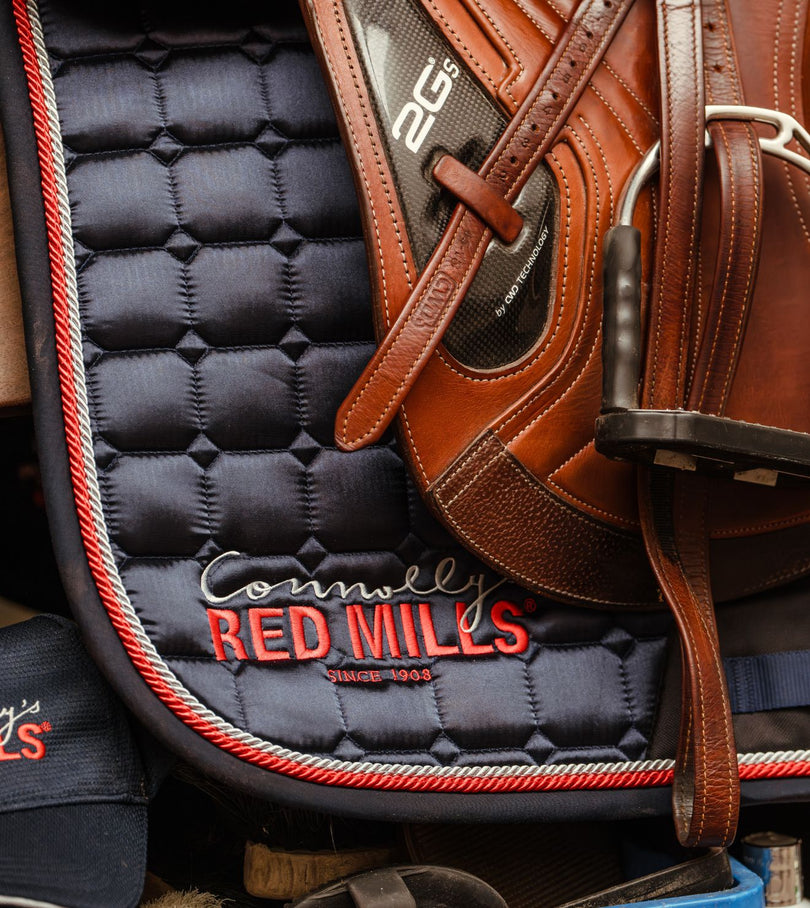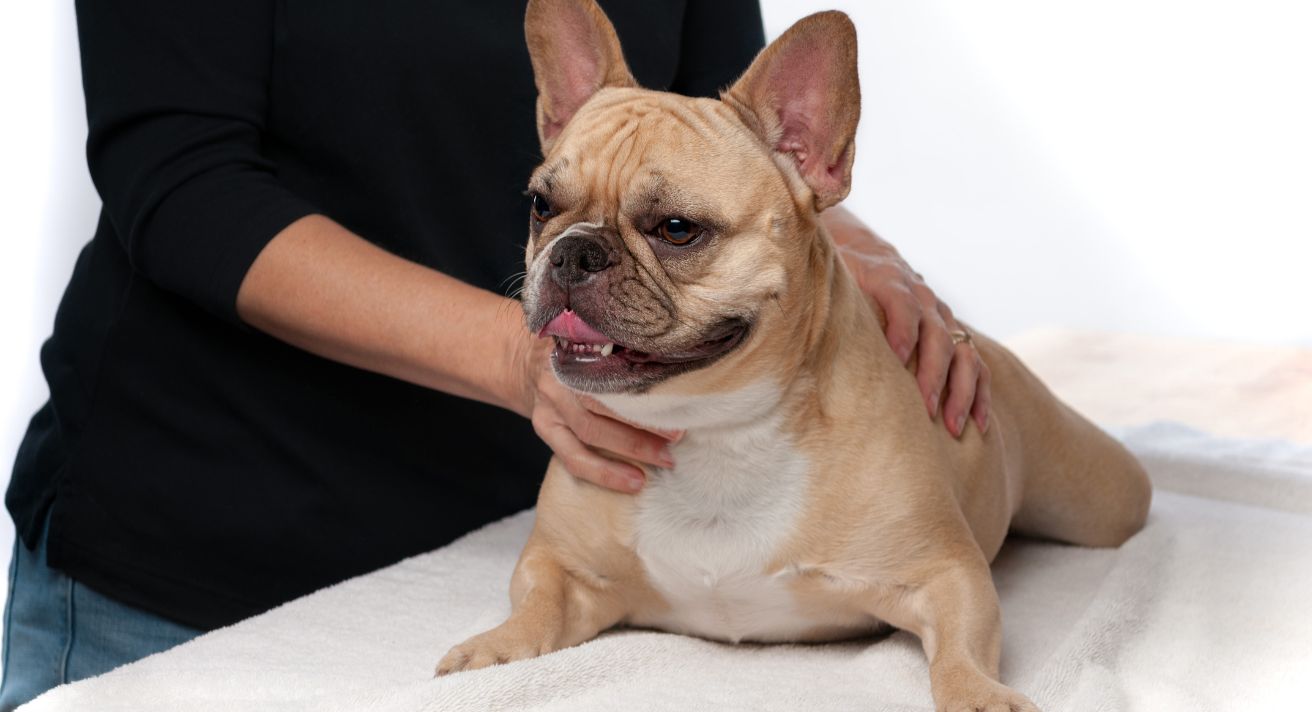Winter is when stiffness and soreness in the joints tends to flare up. In bad weather, we walk less, especially if it is frosty or icy out and the paths are slippery. The less we walk, the more stiff we get, whether we’re human or canine. But we shouldn’t dismiss signs of joint pain in our pets and assume it is entirely from not walking enough.
Dogs can and do develop arthritis, and it is important for us to know the signs and to offer the support and care our dogs need to maintain a good quality of life for as long as possible. Arthritis isn’t the end of your dog’s enjoyment of life. Far from it! But it is time to start appropriate treatment.
Understanding Arthritis in Dogs
Osteoarthritis is a degenerative joint condition that involves damaged cartilage in a joint. Without the padding normally provided by cartilage, friction occurs between the bones of the joint. Arthritis in dogs has many causes, and some breeds and types are more prone to it. German Shepherds are at high risk, along with many other large breeds such as Rottweilers, Bernese Mountain Dogs and Labradors. But it is not restricted to big dogs. Dachshunds are very likely to develop osteoarthritis. Some experts say one in five dogs will eventually develop arthritis, so it is something all owners should understand.
Dogs are extremely stoic. They are slow to show signs of pain, so we have to watch for subtle signs such as slowing down or losing interest in play. If your dog loses interest in going for walks, it is a good idea to check in with your vet. You may notice your dog avoiding certain movements or positions.
Two leading causes of arthritis in dogs are being overweight and exercising excessively on pavement. It’s a bit ironic, especially for urban dog owners. But it is important that dogs get as much of their exercise as possible on grass and avoid running on hard surfaces.
Preventing and Treating Arthritis in Dogs
Once a dog develops arthritis, your vet can explain the latest and most effective treatments. But if you want to do everything you can to prevent the condition, diet is the best place to start. Choosing food and treats that contain glucosamine, chondroitin and omega 3 oils is important, as is feeding the correct amount and limiting treats. If you have a large dog, the key benefit to a food geared to their size is that it should contain more of those three key ingredients - glucosamine, chondroitin and omega 3 oils – to protect their joints. You don’t have to eliminate treats. Instead, offer healthy ones designed to promote joint health. Low calorie training treats are a good way to keep your dog happy and healthy.
Arthri-Can chews are a great way to incorporate arthritis care into your dog’s daily schedule, and these chews have passed the doggy taste-test too!
Make sure that your dog gets plenty of exercise, and that some of it is on a soft surface. Walk where they can stroll beside you on grass. Play fetch in the garden. Enjoy outings to the beach and forest trails.
If your dog does develop osteoarthritis, you can make some simple changes that will go a long way to keeping them comfortable. Stop doing any tricks that put a strain on their joints, and limit their use of the stairs. Invest in a nice, soft bed so they can really rest their joints at the end of the day.
Shop now:













